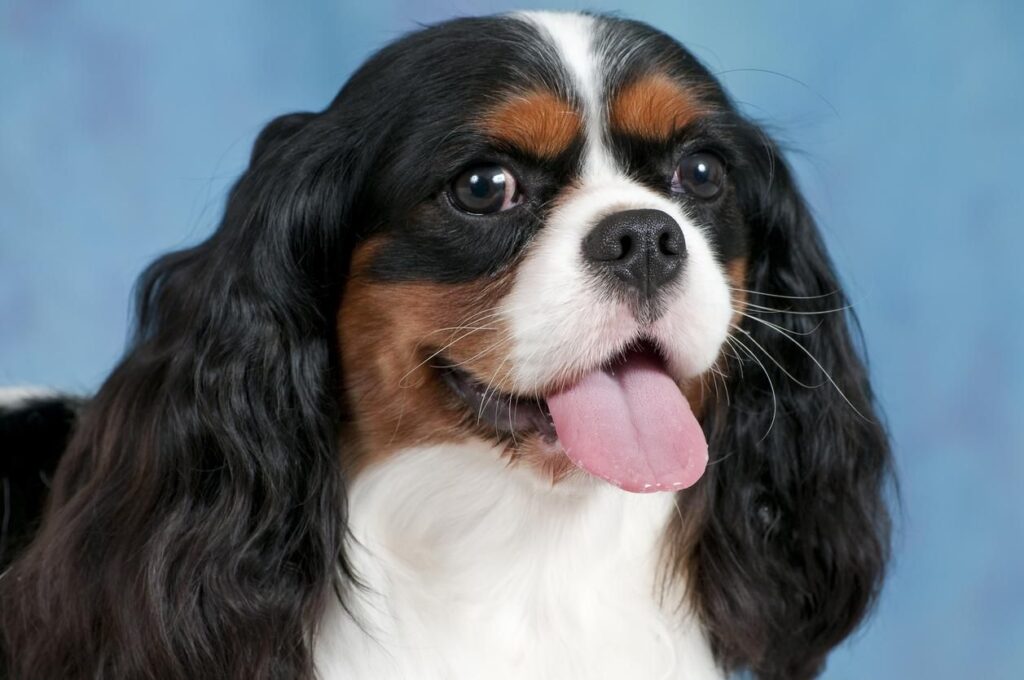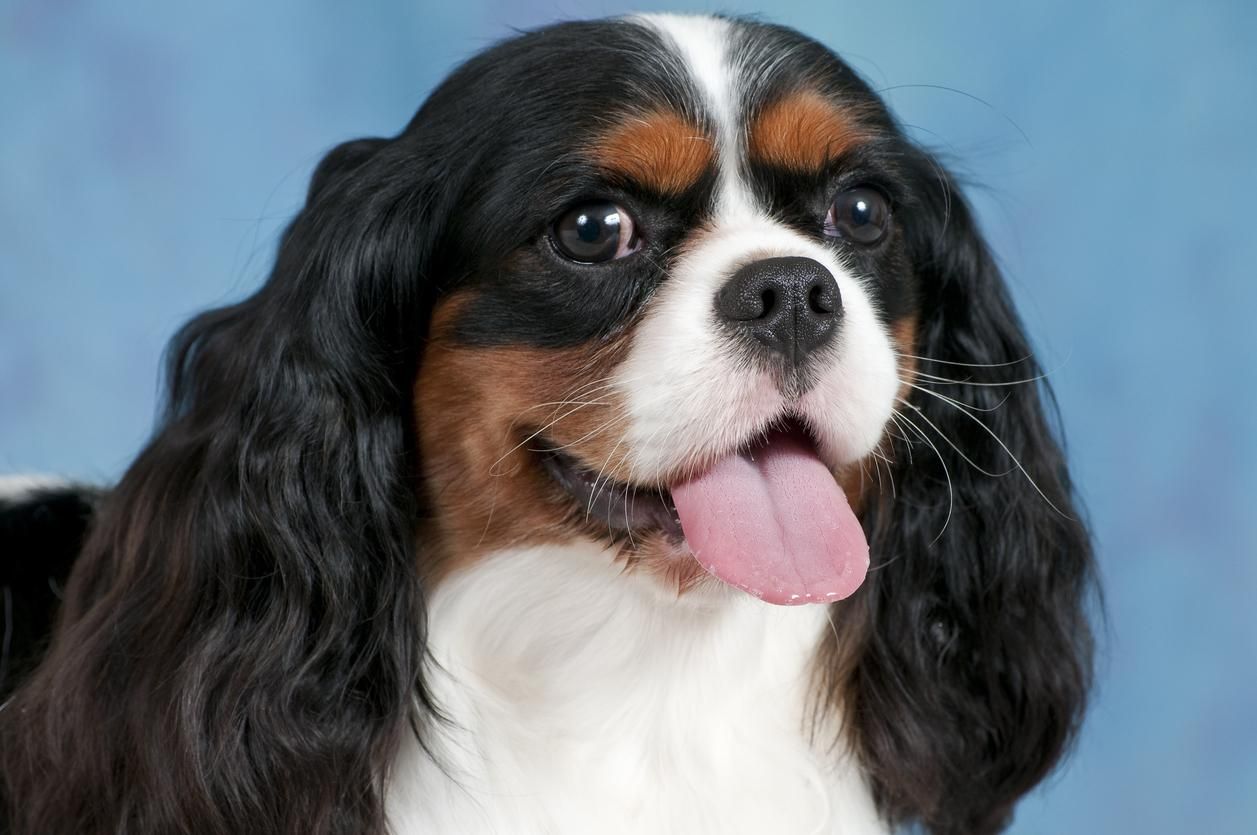
The Cavalier Dog: A Comprehensive Guide to the Cavalier King Charles Spaniel
The Cavalier King Charles Spaniel, often referred to simply as the cavalier dog, is a breed beloved for its gentle temperament, beautiful appearance, and adaptability. This comprehensive guide delves into the breed’s history, characteristics, care requirements, and potential health concerns, providing prospective and current owners with essential information to ensure a happy and healthy life for their canine companion. Originating in Britain, the cavalier dog has captured hearts worldwide, becoming a popular choice for families, seniors, and individuals seeking a loyal and affectionate friend. This breed’s charm and trainability make it a delightful addition to any home, but understanding its specific needs is crucial for responsible ownership.
A Brief History of the Cavalier King Charles Spaniel
The cavalier dog‘s history is rich and fascinating, tracing back to the 16th century when small spaniels were popular companions of European royalty. These early spaniels were depicted in numerous portraits alongside monarchs and aristocrats, showcasing their status as cherished members of the elite. King Charles II of England was particularly fond of these dogs, leading to the breed’s association with the royal family and its eventual name: the Cavalier King Charles Spaniel. During the 18th and 19th centuries, breeders began to cross these spaniels with other breeds, resulting in a flatter face and shorter nose. However, in the 1920s, an American named Roswell Eldridge offered a prize for dogs that resembled the spaniels seen in historical portraits, leading to a renewed interest in preserving the original appearance of the cavalier dog. This effort ultimately led to the breed’s recognition by kennel clubs and its continued popularity today.
Physical Characteristics of the Cavalier King Charles Spaniel
The cavalier dog is a small breed, typically weighing between 13 and 18 pounds and standing 12 to 13 inches tall. They are known for their expressive, large, dark eyes and their gentle, sweet expression. The cavalier dog has a moderately long, silky coat that comes in four distinct colors: Blenheim (chestnut and white), tricolor (black, white, and tan), ruby (rich red), and black and tan. Their ears are long and feathered, and their tail is typically left undocked. The breed’s overall appearance is one of elegance and grace, reflecting its royal heritage. Regular grooming is essential to maintain the cavalier dog‘s coat and prevent matting.
Coat and Grooming
The Cavalier King Charles Spaniel’s coat requires regular attention to keep it healthy and looking its best. Brushing several times a week helps to remove loose hair and prevent tangles. Bathing should be done as needed, typically every few weeks, using a dog-specific shampoo. It’s also important to trim the hair around the paws and ears to prevent dirt and moisture from accumulating. Regular nail trimming is also essential to prevent overgrowth and discomfort. A well-groomed cavalier dog is not only more attractive but also less prone to skin problems and other health issues.
Temperament and Personality
One of the most appealing aspects of the cavalier dog is its temperament. They are known for being affectionate, gentle, and eager to please, making them excellent companions for people of all ages. Cavalier dogs are typically good with children and other animals, although early socialization is always recommended. They are relatively easy to train, responding well to positive reinforcement methods such as treats and praise. The cavalier dog is also adaptable, thriving in both apartment living and larger homes, as long as they receive sufficient exercise and attention. Their affectionate nature means they don’t like being left alone for long periods, so they are best suited for homes where they will have plenty of human interaction. The cavalier dog truly embodies the qualities of a loving and loyal companion.
Training and Socialization
Early socialization is crucial for cavalier dogs to ensure they develop into well-adjusted adults. Exposing them to a variety of people, places, and situations from a young age helps them to become confident and comfortable in different environments. Training should begin early and focus on positive reinforcement techniques. Cavalier dogs are intelligent and eager to please, making them relatively easy to train. Basic obedience commands such as sit, stay, and come should be taught early on. Consistency and patience are key to successful training. [See also: Dog Training Tips for Beginners].
Caring for Your Cavalier King Charles Spaniel
Providing proper care for a cavalier dog involves more than just providing food and shelter. It requires a commitment to their physical and emotional well-being. This includes regular veterinary check-ups, a balanced diet, adequate exercise, and plenty of love and attention. Understanding the specific needs of the breed is essential for ensuring a long and happy life for your cavalier dog.
Diet and Nutrition
A balanced diet is crucial for the health and well-being of your cavalier dog. Choose a high-quality dog food that is appropriate for their age and activity level. Avoid feeding them table scraps or processed foods, as these can lead to weight gain and other health problems. It’s also important to provide them with fresh water at all times. Consult with your veterinarian to determine the appropriate portion sizes for your cavalier dog. Overfeeding can lead to obesity, which can exacerbate existing health conditions. [See also: Best Dog Food for Small Breeds].
Exercise Requirements
While cavalier dogs are relatively low-energy dogs, they still require regular exercise to stay healthy and happy. A daily walk or playtime in the yard is usually sufficient to meet their needs. They also enjoy participating in activities such as fetch and agility. Avoid overexerting them, especially in hot weather, as they are prone to overheating. Remember, a tired cavalier dog is a happy cavalier dog.
Common Health Concerns
Like all breeds, the cavalier dog is prone to certain health problems. Being aware of these potential issues can help you to take preventative measures and seek early treatment if necessary. Some of the most common health concerns in cavalier dogs include mitral valve disease (MVD), syringomyelia (SM), hip dysplasia, and eye problems such as cataracts and progressive retinal atrophy (PRA). Regular veterinary check-ups are essential for detecting these problems early. Responsible breeders screen their dogs for these conditions before breeding to reduce the risk of passing them on to future generations. The cavalier dog deserves the best care to mitigate these potential health issues.
Mitral Valve Disease (MVD)
Mitral valve disease is a common heart condition in cavalier dogs. It occurs when the mitral valve, which separates the left atrium and left ventricle, begins to leak. This can lead to heart failure if left untreated. Regular veterinary check-ups, including heart auscultation, are essential for detecting MVD early. Treatment typically involves medication to manage the symptoms. [See also: Understanding Mitral Valve Disease in Dogs].
Syringomyelia (SM)
Syringomyelia is a neurological condition in which fluid-filled cavities develop within the spinal cord. This can cause pain, weakness, and other neurological symptoms. SM is relatively common in cavalier dogs. Diagnosis is typically made through MRI. Treatment options include medication to manage pain and, in some cases, surgery to relieve pressure on the spinal cord.
Hip Dysplasia
Hip dysplasia is a condition in which the hip joint does not develop properly, leading to instability and pain. While more common in larger breeds, it can also occur in cavalier dogs. Diagnosis is typically made through X-rays. Treatment options range from medication to manage pain to surgery to correct the joint.
Eye Problems
Cavalier dogs are prone to several eye problems, including cataracts and progressive retinal atrophy (PRA). Cataracts cause clouding of the lens, leading to impaired vision. PRA is a progressive degeneration of the retina, eventually leading to blindness. Regular eye exams by a veterinary ophthalmologist are essential for detecting these problems early.
Is a Cavalier King Charles Spaniel Right for You?
The cavalier dog is a wonderful breed, but they are not the right choice for everyone. Before bringing a cavalier dog into your home, it’s important to consider your lifestyle, living situation, and ability to provide the necessary care. If you are looking for a loving, affectionate, and relatively low-maintenance companion, the cavalier dog may be the perfect fit. However, if you are unable to provide them with the attention and care they need, it may be best to consider another breed. The cavalier dog thrives on human interaction and requires a commitment to their health and well-being.
Finding a Reputable Breeder or Rescue Organization
If you have decided that a cavalier dog is the right choice for you, it’s important to find a reputable breeder or rescue organization. Responsible breeders prioritize the health and temperament of their dogs and are transparent about any potential health concerns. They should be willing to answer your questions and provide you with documentation of health screenings. Rescue organizations offer a wonderful opportunity to provide a loving home to a cavalier dog in need. They typically screen their dogs for health and temperament issues and can provide you with valuable information about their history and needs. Adopting a cavalier dog from a rescue organization can be a rewarding experience. Make sure to do your research and choose a source that prioritizes the well-being of the dogs. The cavalier dog community is filled with people dedicated to the breed’s health and happiness.
Conclusion
The cavalier dog is a truly special breed, offering companionship, affection, and joy to those who welcome them into their lives. Their gentle temperament, beautiful appearance, and adaptability make them a popular choice for families, seniors, and individuals alike. By understanding their history, characteristics, care requirements, and potential health concerns, you can provide your cavalier dog with a long, happy, and healthy life. Remember, responsible ownership is key to ensuring the well-being of this beloved breed. Embrace the joy and companionship that a cavalier dog can bring, and you’ll have a loyal friend for life.

